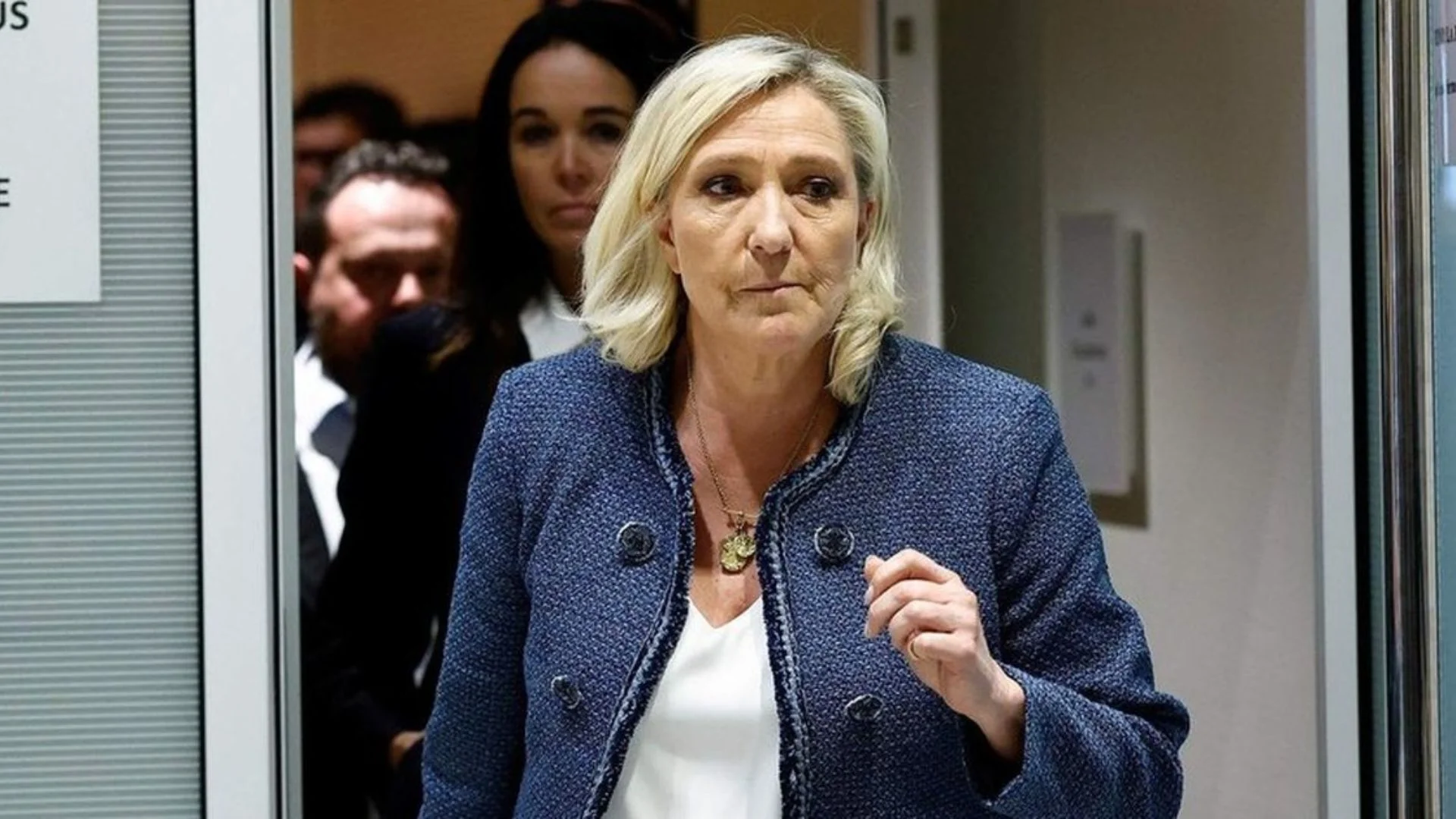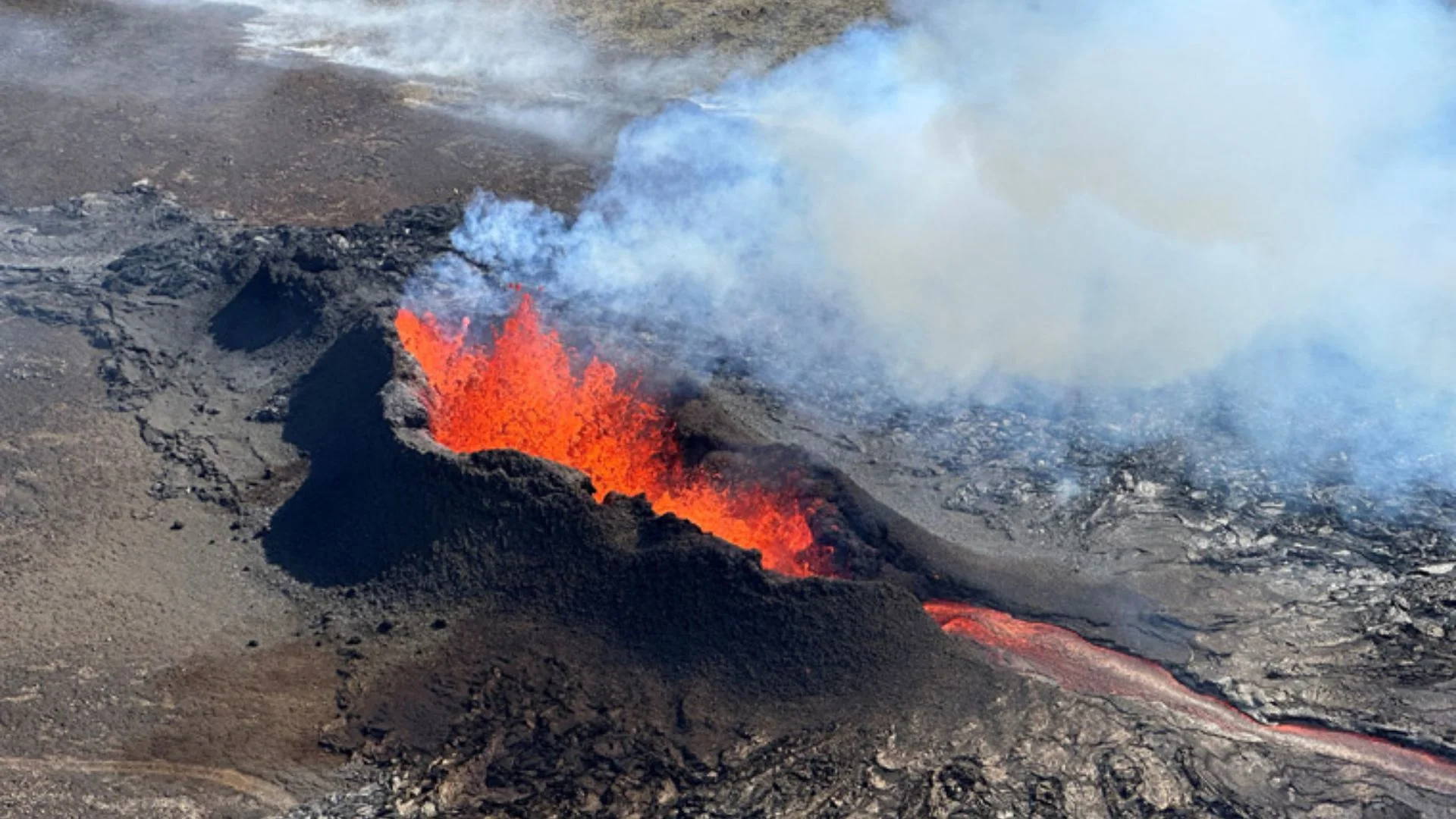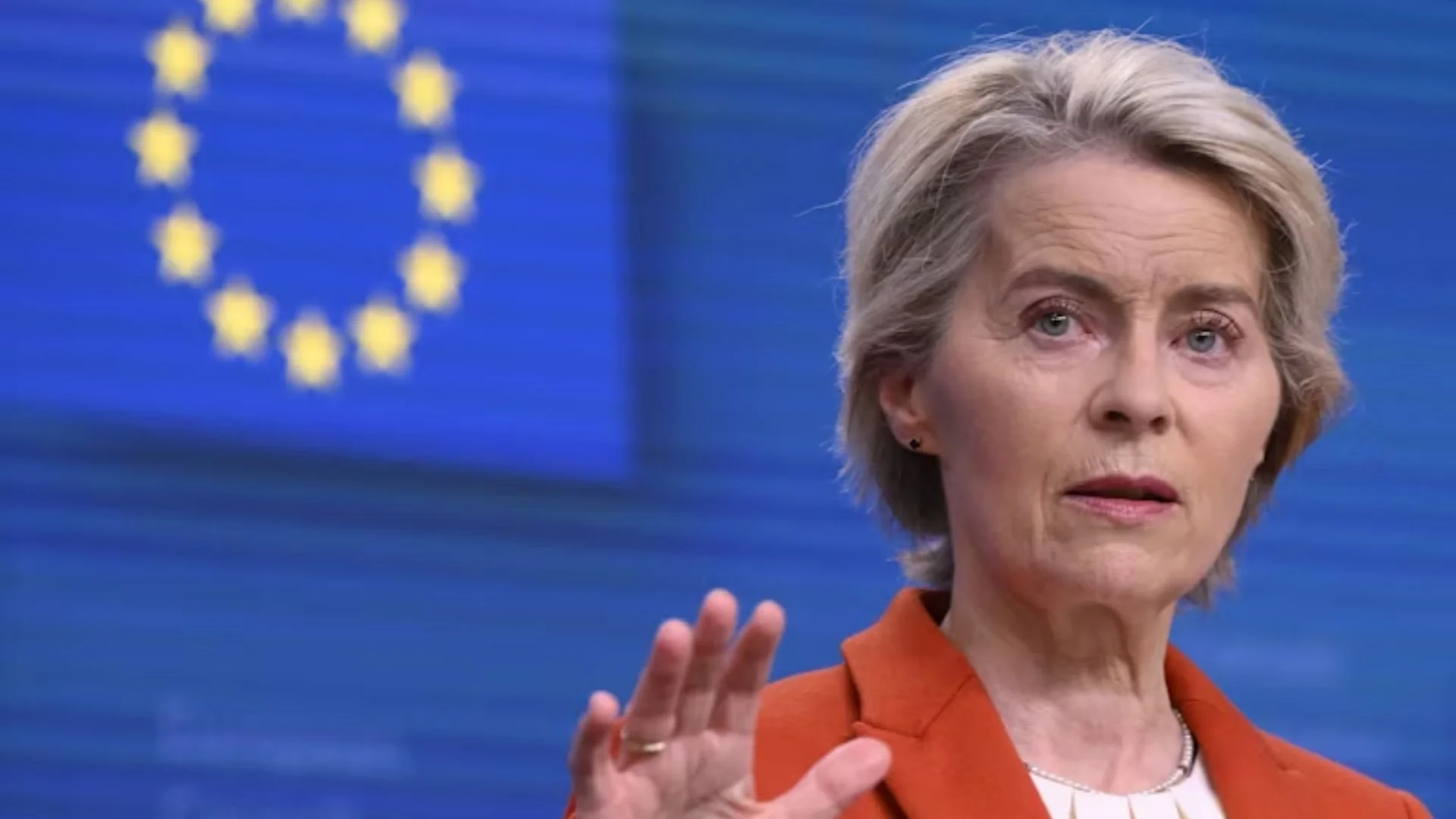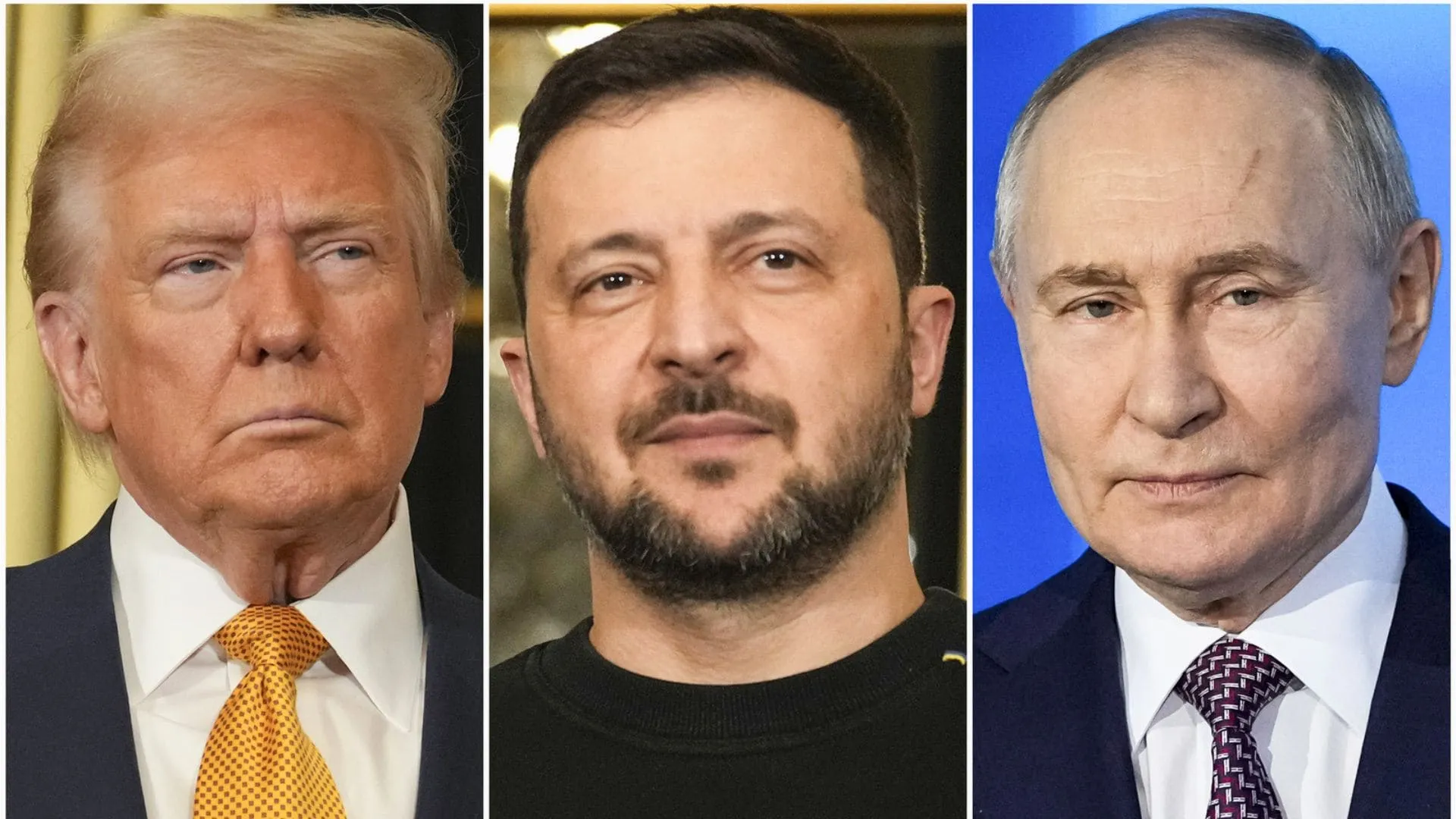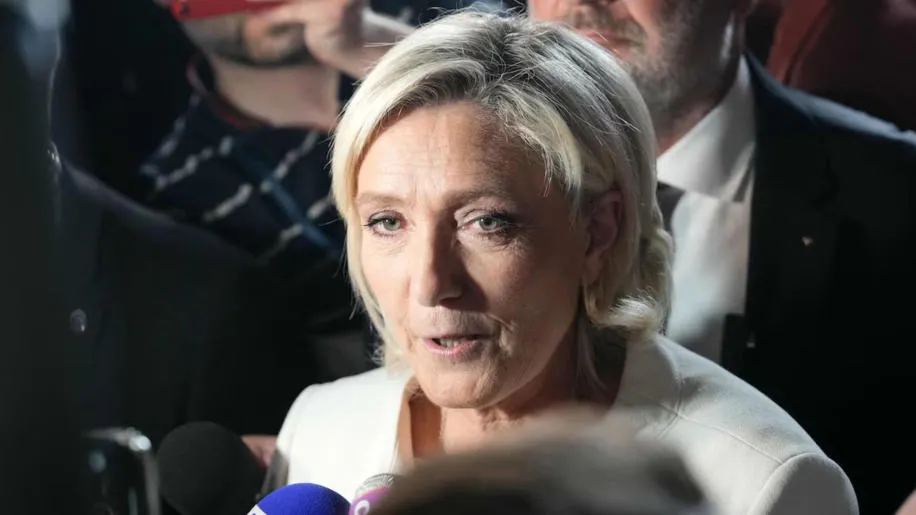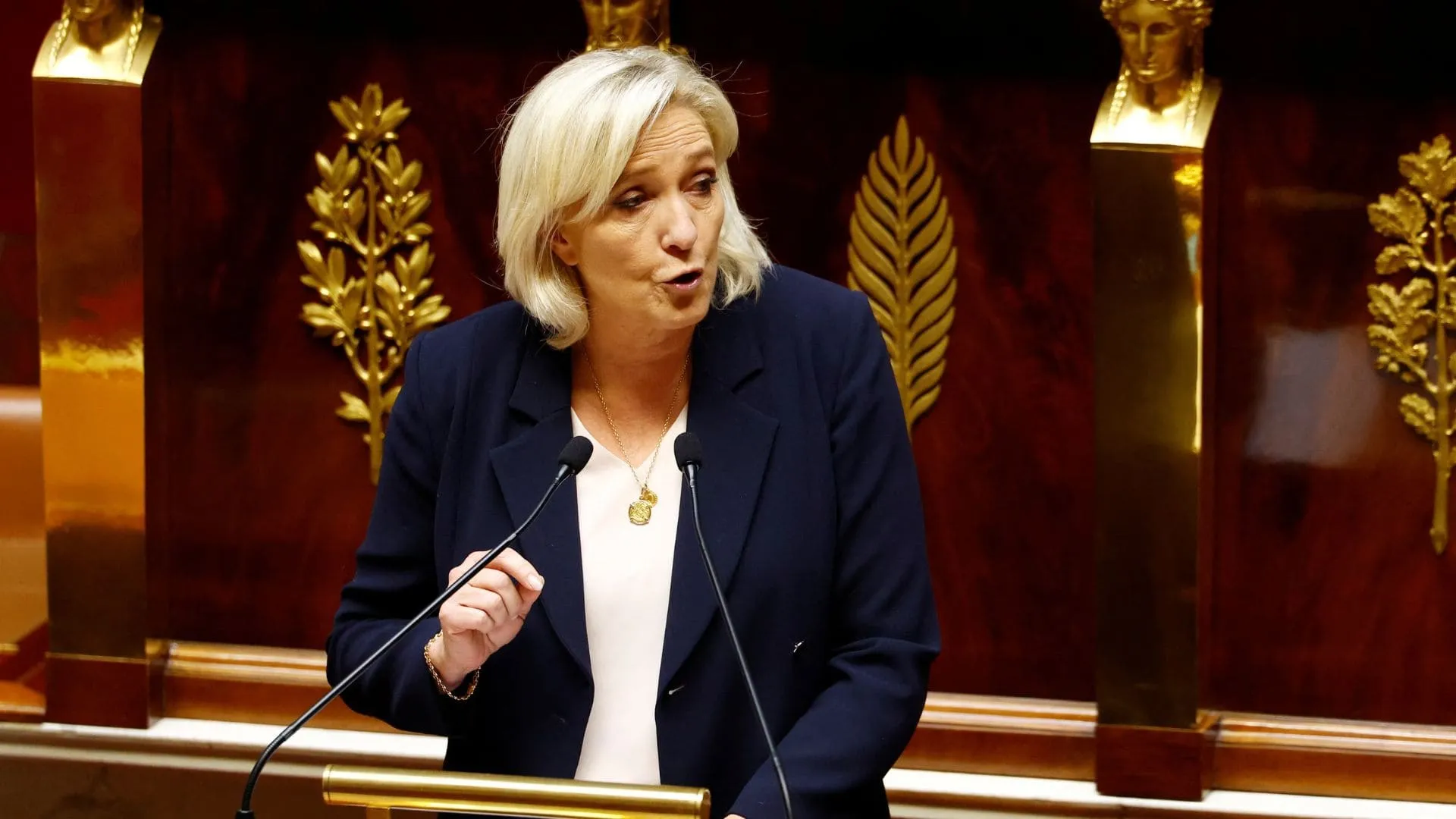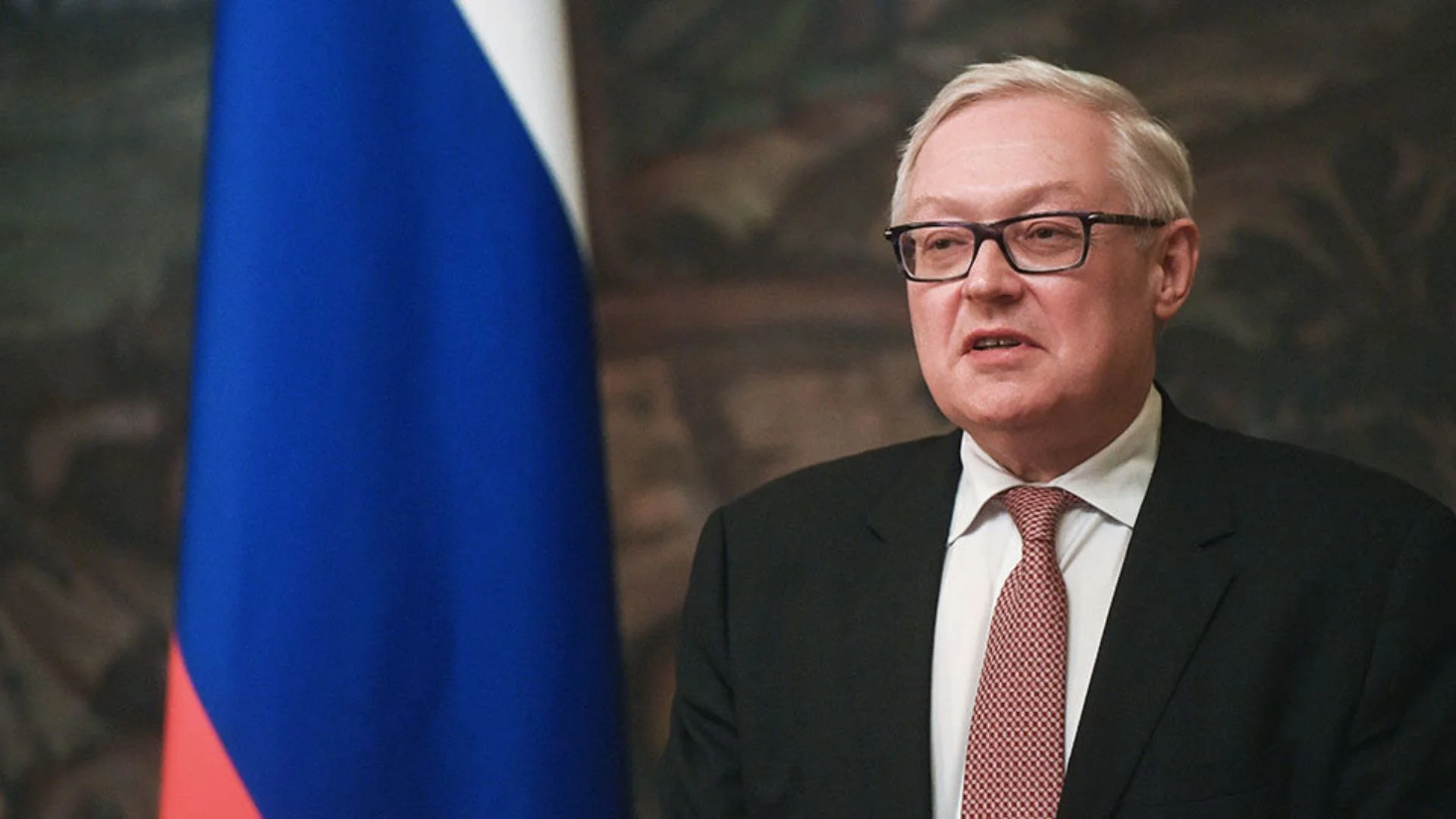Europe is being increasingly pressured by the United States to lead in implementing a possible Ukraine peace agreement, but experts caution that stationing European peacekeepers would be straining NATO’s defenses and still need an American backup.
Though the US maintains that its forces will not be engaged, European officials recognize that American military deterrence via medium-range missiles and nuclear power continues to be essential. “No security guarantee will be entirely credible against an aggressive and nationalistic Putin unless the US is engaged in some form,” former British national security adviser Mark Lyall Grant stated.
Last week, US President Donald Trump shocked European leaders by launching bilateral peace negotiations with Russia in Riyadh. Meanwhile, US Defense Secretary Pete Hegseth informed allies that any peacekeeping operation should be supported by effective European and non-European forces.
In an emergency meeting in Paris on Monday, European leaders were split on whether to deploy peacekeepers to Ukraine, a proposal first made by France last year. Sending such a force would increase the likelihood of direct conflict with Russia and add to the pressure on European forces, which have already spent much of their armaments in favour of Ukraine. British Prime Minister Keir Starmer indicated he would be prepared to send troops but stressed that he needed a US “backstop.”
Would Peacekeepers Undermine NATO?
Experts warn that sending European troops to Ukraine might undermine NATO’s overall defense strategy. Russia, if given a ceasefire, might use the time to replenish its military stores, making the long-term threat greater. In addition, European countries might not be able to mobilize the necessary number of combat-ready soldiers. Estimates are that it would take between 40,000 and 150,000 troops to secure Ukraine’s large territory well beyond NATO’s original 48,000-strong peacekeeping force in Kosovo.
Moreover, Europe does not possess important military capabilities, including reconnaissance and air defense, which are necessary for a successful peacekeeping operation. “The Europeans simply don’t have the necessary forces unless they compromise their own defense,” said Claudia Major of the German SWP think tank.
Russia Rejects NATO Troops in Ukraine
Russian Foreign Minister Sergei Lavrov made it clear Tuesday that Moscow would not stand for any member state of NATO sending troops into Ukraine under any flag. In the meantime, according to some experts, Ukrainian troops should defend the front line while European countries offer deterrence from outside Ukraine despite Europe’s weakness in terms of long-range strike capabilities.
Although American officials have assured that European peacekeepers would not fall under NATO’s collective defense guarantee, Russia has refused any such deployment. Without any solution in sight, Europe finds itself stuck between US ultimatums, European security interests, and the possibility of further expanding the war.


